This is the fifth consecutive month prices have shown a year-on-year increase and is the largest rise since April 2004, when the increase was 1.84 per cent.
The main drive behind last month's rise came from food, which showed a year-on-year increase of 5.01 per cent, the highest inflation rate for food since the SPI began in 1997.
However, the inflation rate for non-food items is still slowing, with the year-on-year rate falling for the fourth consecutive month to 0.28 per cent.
Month-on-month food prices have increased by 0.17 per cent and non-food by 0.55 per cent.
Last month, the clothing price index reached its highest level since June, rising 0.93 per cent month-on-month. This increase came after the mid-season sales ended and winter ranges were introduced.
The furniture index dropped to its lowest level this year, falling 0.14 per cent - the third consecutive month-on-month decline. Electrical also fell to the lowest level this year, sliding 0.45 per cent.
The DIY and hardware index showed a month-on-month rise of 0.87 per cent, the highest since February.
Despite this rise, the overall inflation rate shows that the SPI is still lower than both the ONS Consumer Price Index, which is sitting at 2.4 per cent and the Retail Price Index, which is at 3.7 per cent.
BRC director general Kevin Hawkins said: 'It is of no real surprise that retailers are taking a brief respite from sales and discounting before the crucial Christmas trading period gets underway in December.
'Although the SPI inflation rate has now shown five consecutive months of year-on-year increases, it is still well below other inflationary measures, showing there is little inflationary pressure from the high street.'
ACNielsen retailer services senior manager Mike Watkins said: 'High street food and convenience retailers are seeing topline growths of less than 2 per cent and across non-food retailing - clothing in particular - pricing will remain competitive for as long as the consumer remains cautious.'


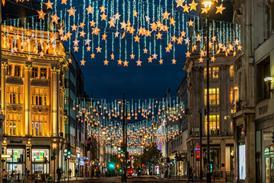



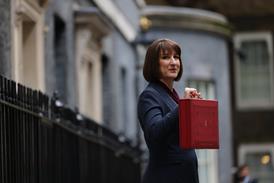




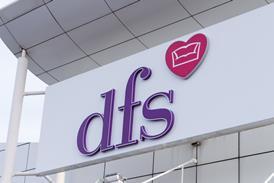











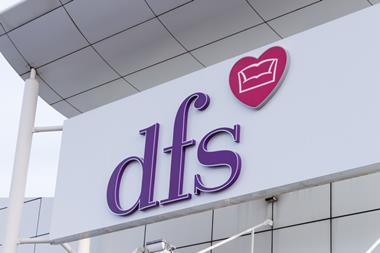
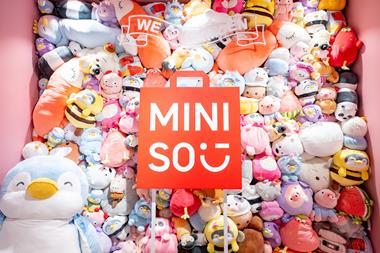
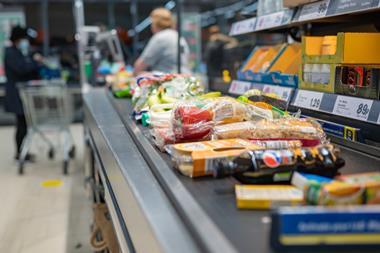

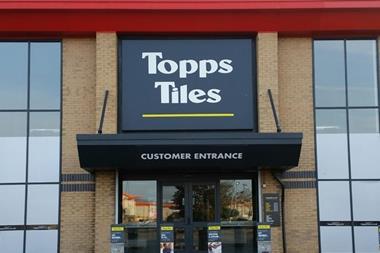
No comments yet